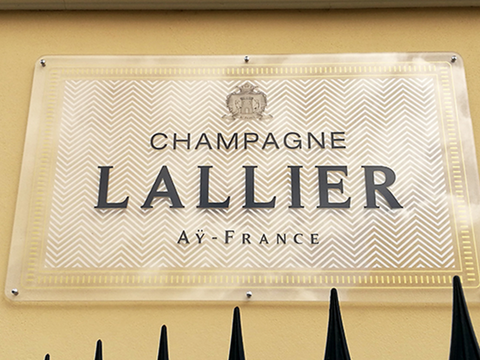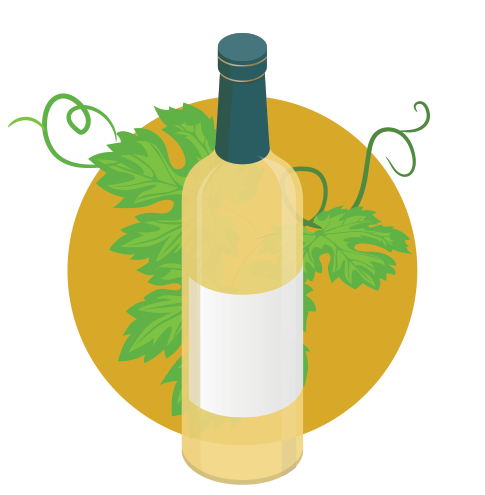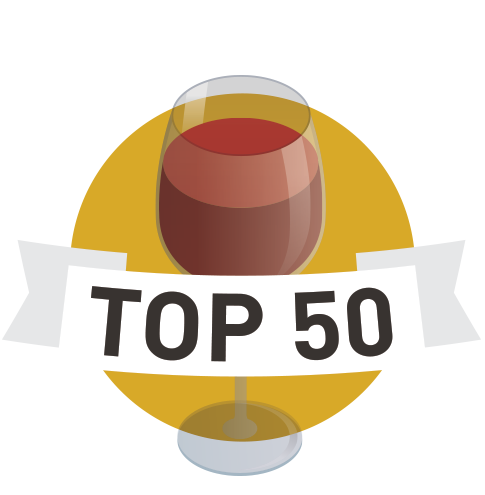Exploring new regions is always the highlight of my work. The chance to visit wineries and meet the people behind the wines is something I enjoy doing and I believe it’s very important in our business to be able to explain why we sell what we sell.
Having the opportunity to visit the Manchuela and Valencia DO’s in a flying visit to Spain was one I couldn’t turn down.
A scenic two hour drive into central Spain, from Valencia, led us to the beautiful Altolandon winery in the Denominacion de Origin of Manchuela. We were greeted by husband and wife team Manolo and Rosalia, Agronomist and winemaker respectively, who instantly made us feel welcome.
First port of call – Bodegas Altolandon
A walk around their 120 hectare estate in glorious September sunshine was a joy and it was there that we started to understand why the wines they make were so unique. At 1100 metres above sea level they are at the highest point of the region and it is this situation that results in wines that have incredible freshness of flavour. This is a because of the cooler air up there that allows the vines to rest during the nights and keeps the extreme heat under control in the height of summer.

A view across the vines at Altolandon
A fantastic tasting and lunch followed, which is where I discovered some great new wines. Not only new wines but new grape varieties. The Manchuelo region has historically grown a relatively unheard of variety called Bobal and whilst it had almost slipped into the history books, thankfully many wineries are now resurrecting this ancient grape. In fact the stand out wine of the tasting for me was a wine called Rayuelo (which we now import) produced from 100% Bobal grapes, grown on vines that were between 60-100 years old. Sweet cassis aromas with heady, ripe fruit on the palate. Floral and fruity with a silky texture and real power. It was absolutely delicious.

Rayuelo Bobal
Two delicious Paella’s later we had to depart to visit our next stop which was a venture called La Comarcal set up by two friends and winemakers, Javi and Victor, who have worked together in various wineries around the region but always dreamt of making their own wine.
La Comarcal Viticulores Ambulantes
Just like Altolandon they focus on producing minimal intervention wines with low sulphur levels, grapes grown organically and bottled unfined and unfiltered. With only two wines currently produced their focus is there to see. My favourite was the Delmoro which offered exceptional value and has already proved to be a huge success at Cheers. A blend of Garnacha, Bobal and Syrah resulting in a medium bodied red with beautiful bright red fruit flavours and a cranberry tartness on the finish. Plus the label is great for anyone with a good beard!

Delmoro Garnacha Bobal Syrah
Sadly our time with the boys was short and sweet but we had our third and final winery of the day to explore. A short drive to Albacete was followed by the most fantastic barbecue made over old vines and tasting with the amazing people of
Bodegas Gratias.
This operation came about after a party of four friends (who just happened to be Oenologist’s) who went on to fulfil an ambition of producing quality wines in their home region of Manchuela. The winery was like a mad scientists laboratory with lots of operations going on at one time in varying sized vessels. It was an absolute pleasure to be a part of, and we even got stuck in and gave a hand with the battonage of one of the cuvee’s.
Again the wines were focused around indigenous grape varieties such as Tardana, Bobal and Pintaillo with minimal intervention and almost no addition of added sulphur. ‘These wines are artisinal and as natural as they come, being organically grown, fermented with natural occurring yeasts and minute sulphur additions, if any.’
The evening soon disappeared along with several of their offerings and a night spent dining with what felt like friends we had made years ago.
A short but extremely interesting visit to the Tardana and Bobal vineyards which produce such unique wines and a traditional Torta for lunch brought about our final trip back to Valencia, but not before we made our last winery visit to Celler del Roure.
Celler del Roure is a winery with a hidden secret!
Under the land which welcomed us to the winery they discovered a cellar with huge amphorae buried into the ground which had been used for making wines for hundreds of years. It was a chamber that even in the height of summer or the depths of winter kept a remarkably stable temperature and humidity.
Owner Pablo Calatayud is committed to nurturing and championing the indigenous varieties of the region, most notably the Mando and Verdil grapes, both of which have been on the edge of extinction. Pablo has realised that they are worth saving and, treated properly, can create wines of wonderful quality, freshness and concentration.
Paying meticulous care in the vineyard and winery reduces the need for sulphur additions meaning his wines are verging on “natural”. Whilst in the cellar he makes use of Spanish amphorae called tinajas to ferment some of his wines to preserve their characteristic freshness and elegance creating pure and delicious wines with distinct flavours.
Our final al fresco tasting of their delicious wines alongside another fantastic Paella took place in the gardens and for me the star of the show was the Safra- a blend of Mando and Garnacha Tintorera.

Lunch at Celler del Roure
Reluctantly we left the late summer sunshine to head home but what I learned on this trip was that the people of Manchuela and Valencia were incredibly welcoming. Always happy to spread their passion and ethos with us. The land and climate they live in was fascinating and played a huge part in producing such unique and beguiling wines and it a region I would definitely like to return to one day to continue exploring.












